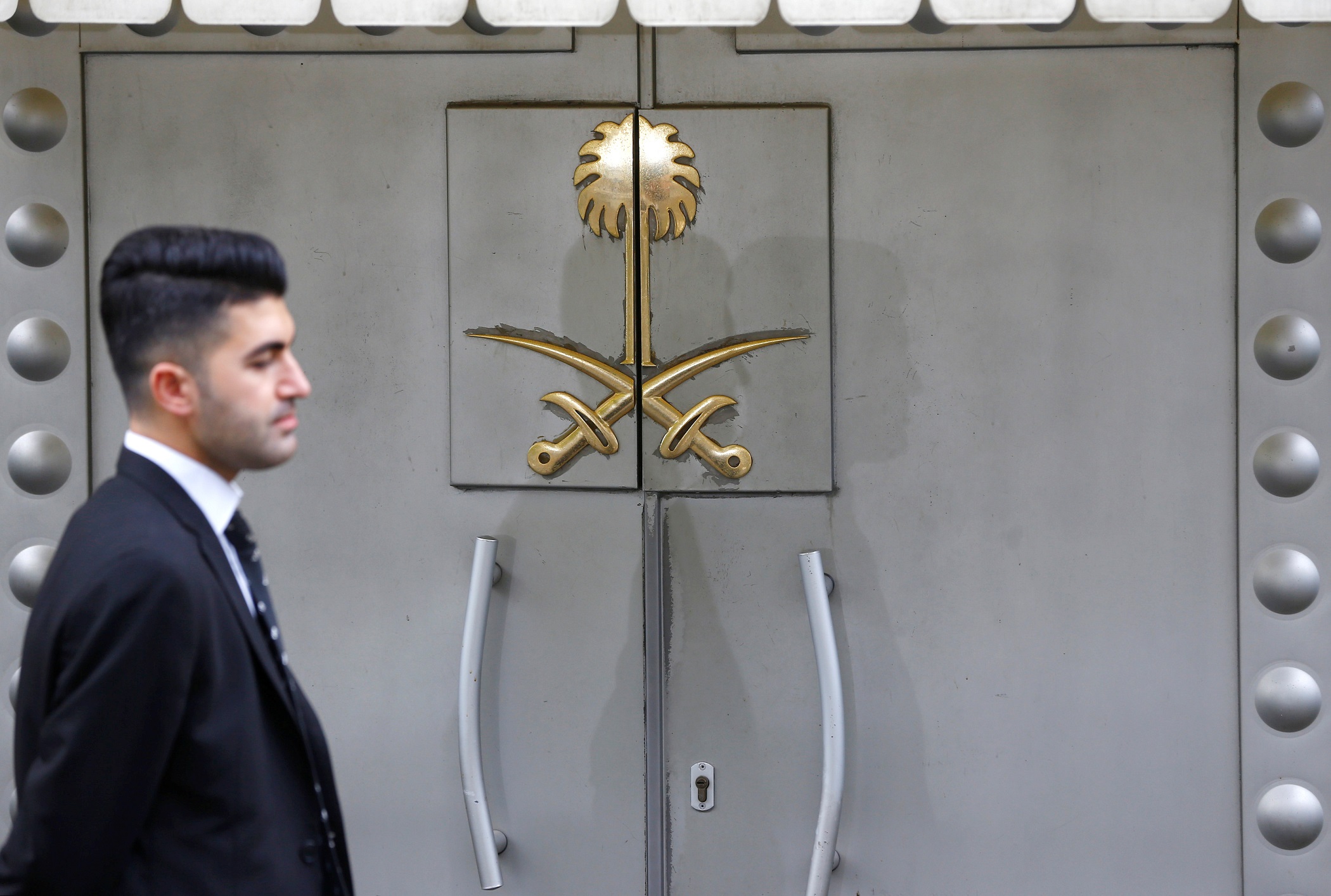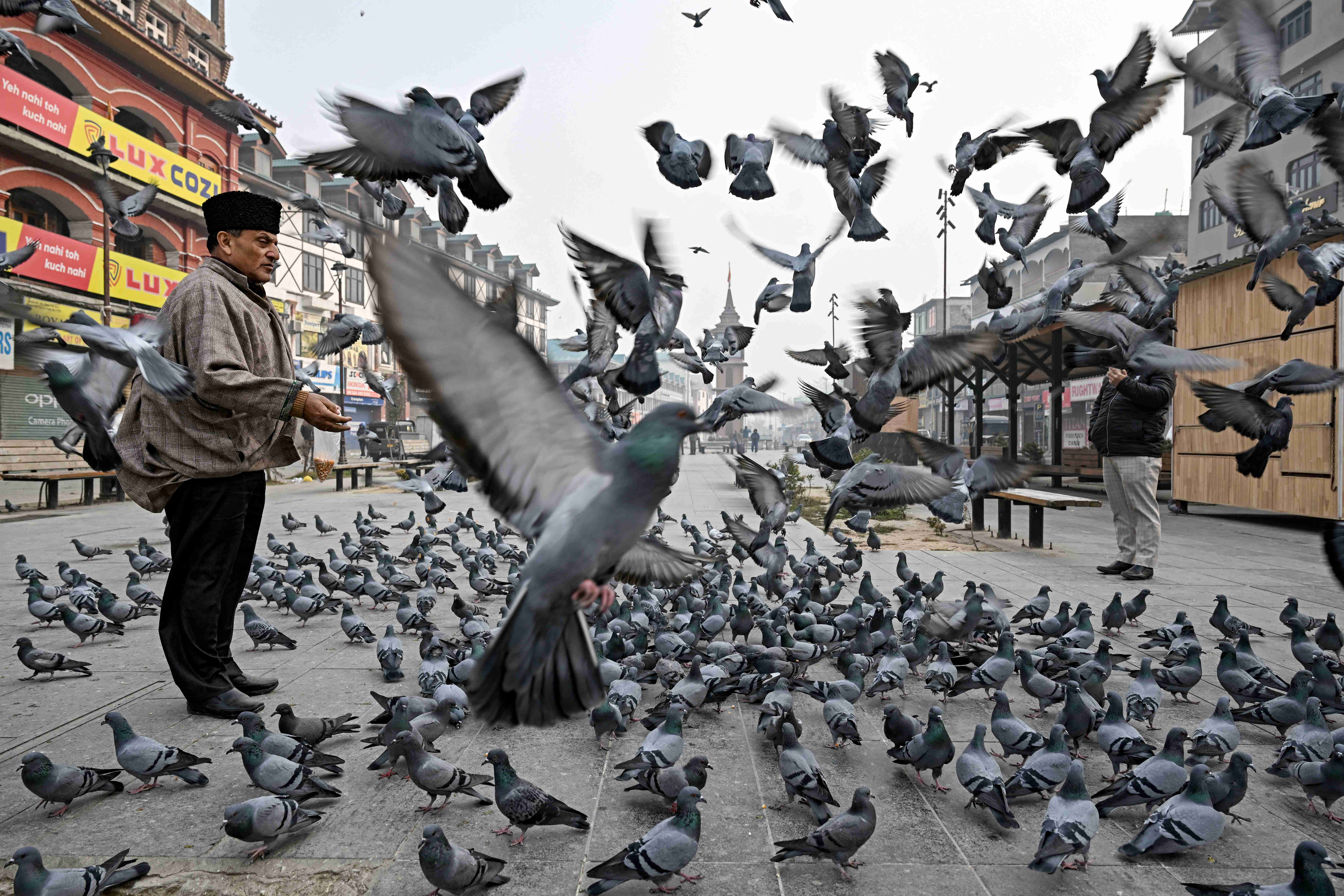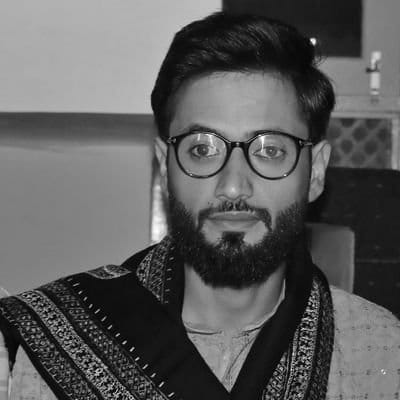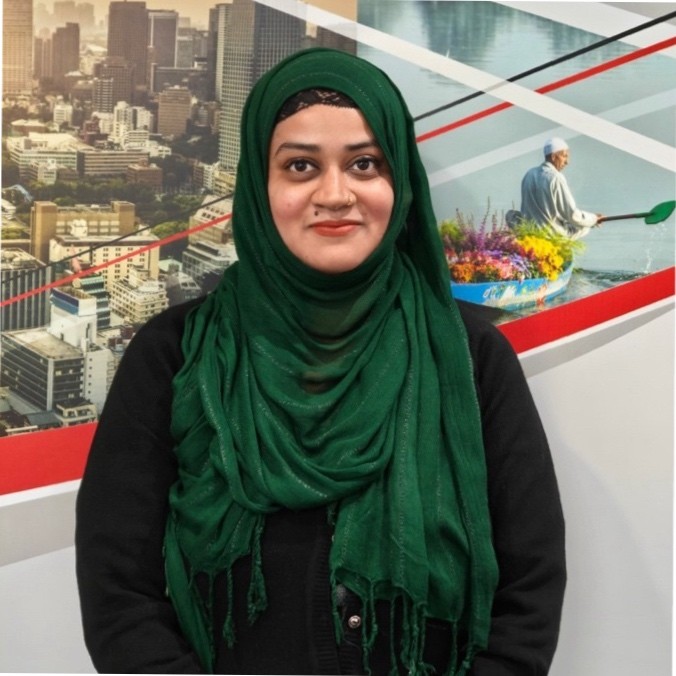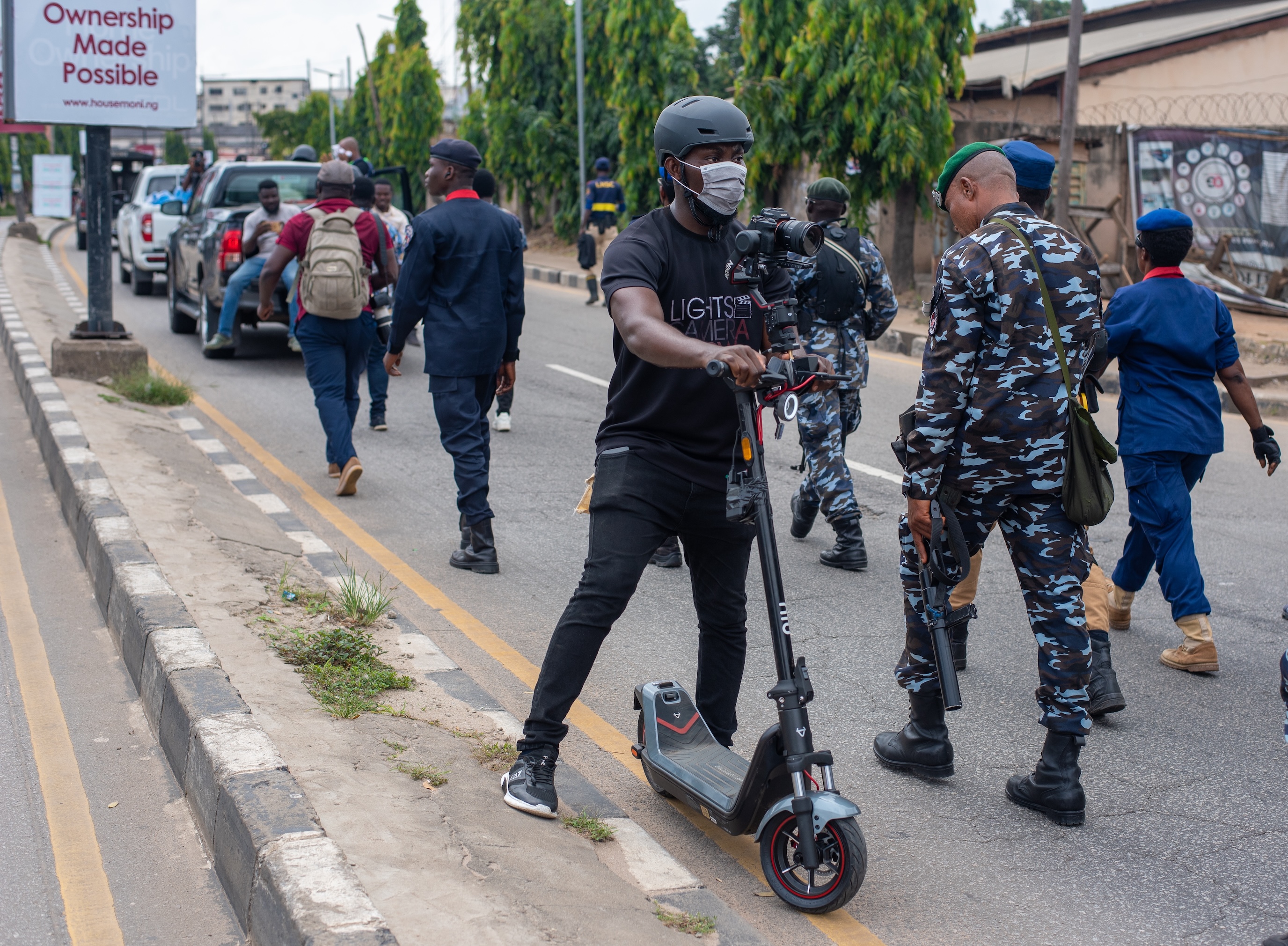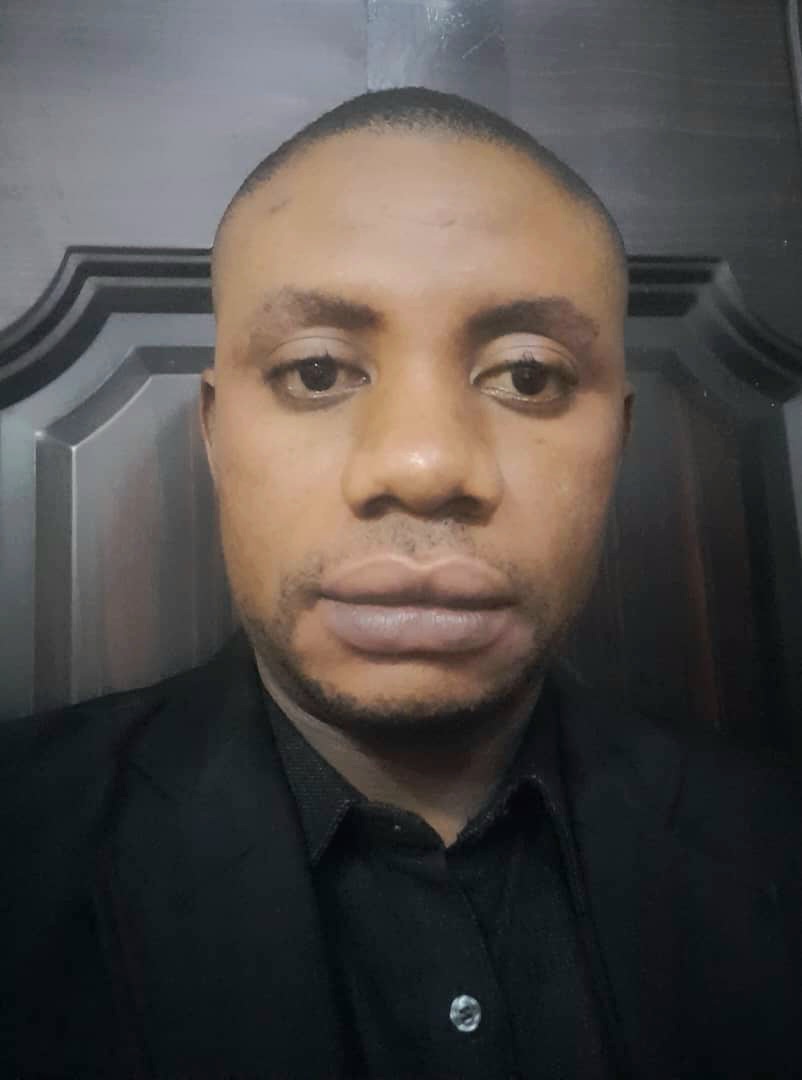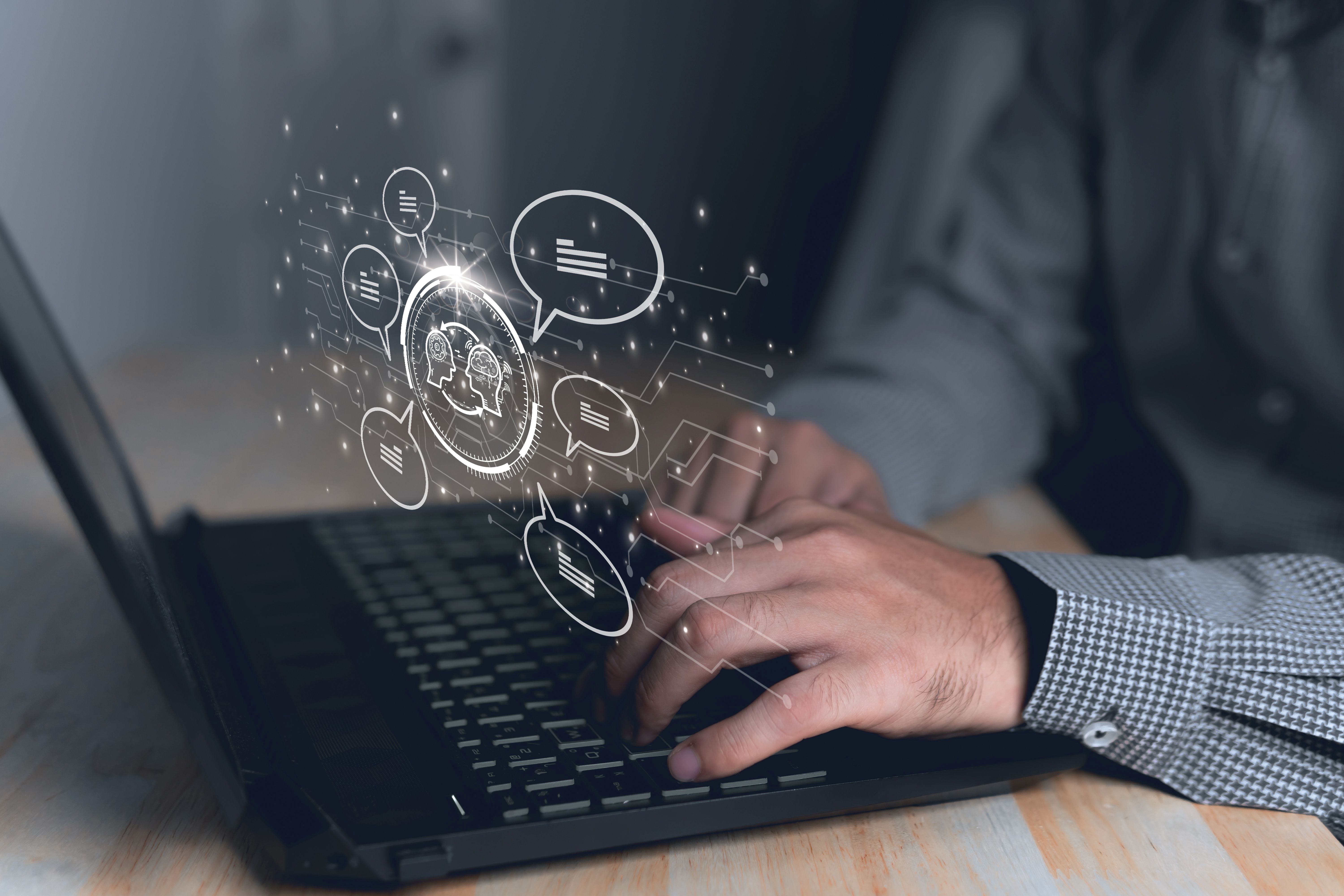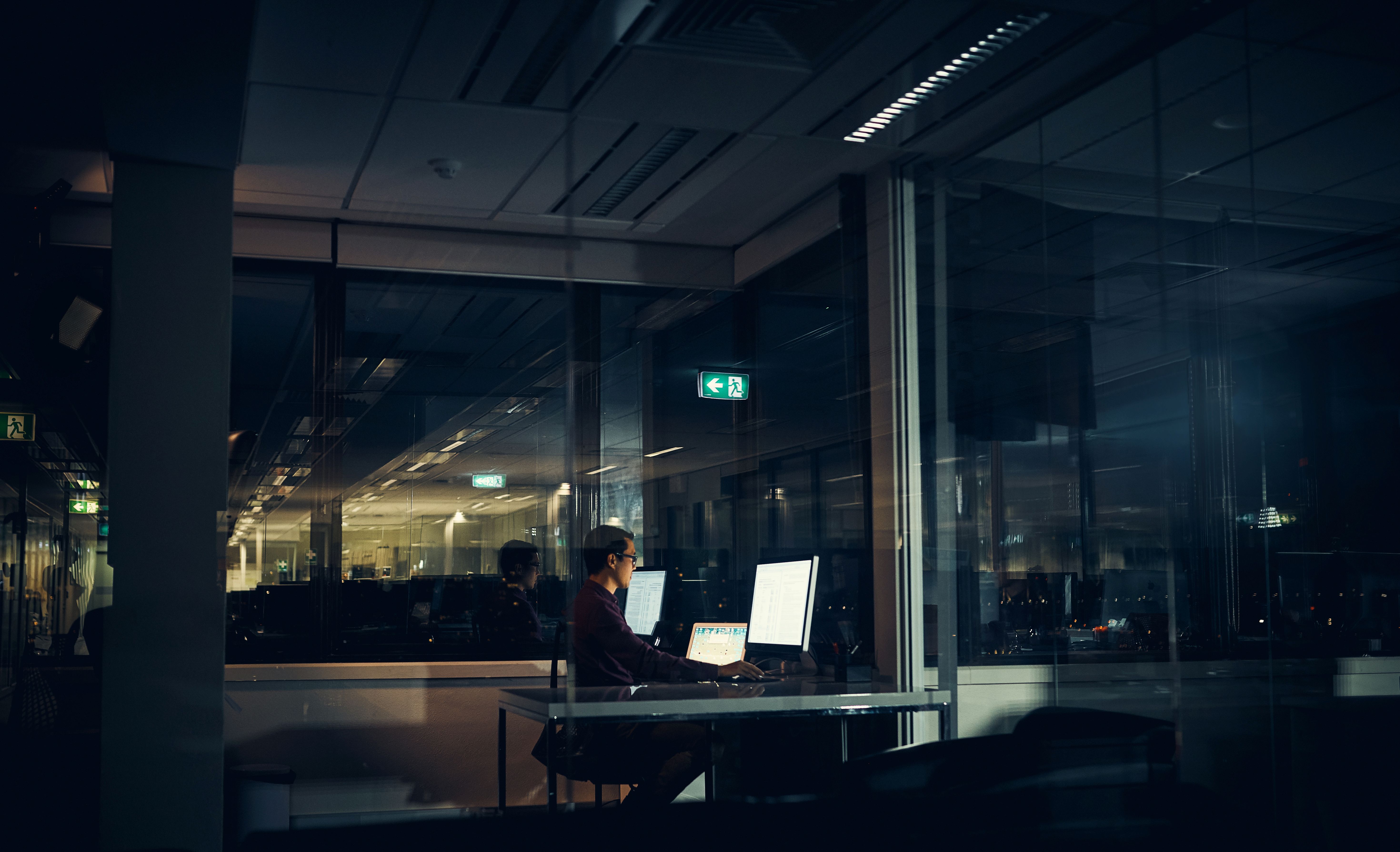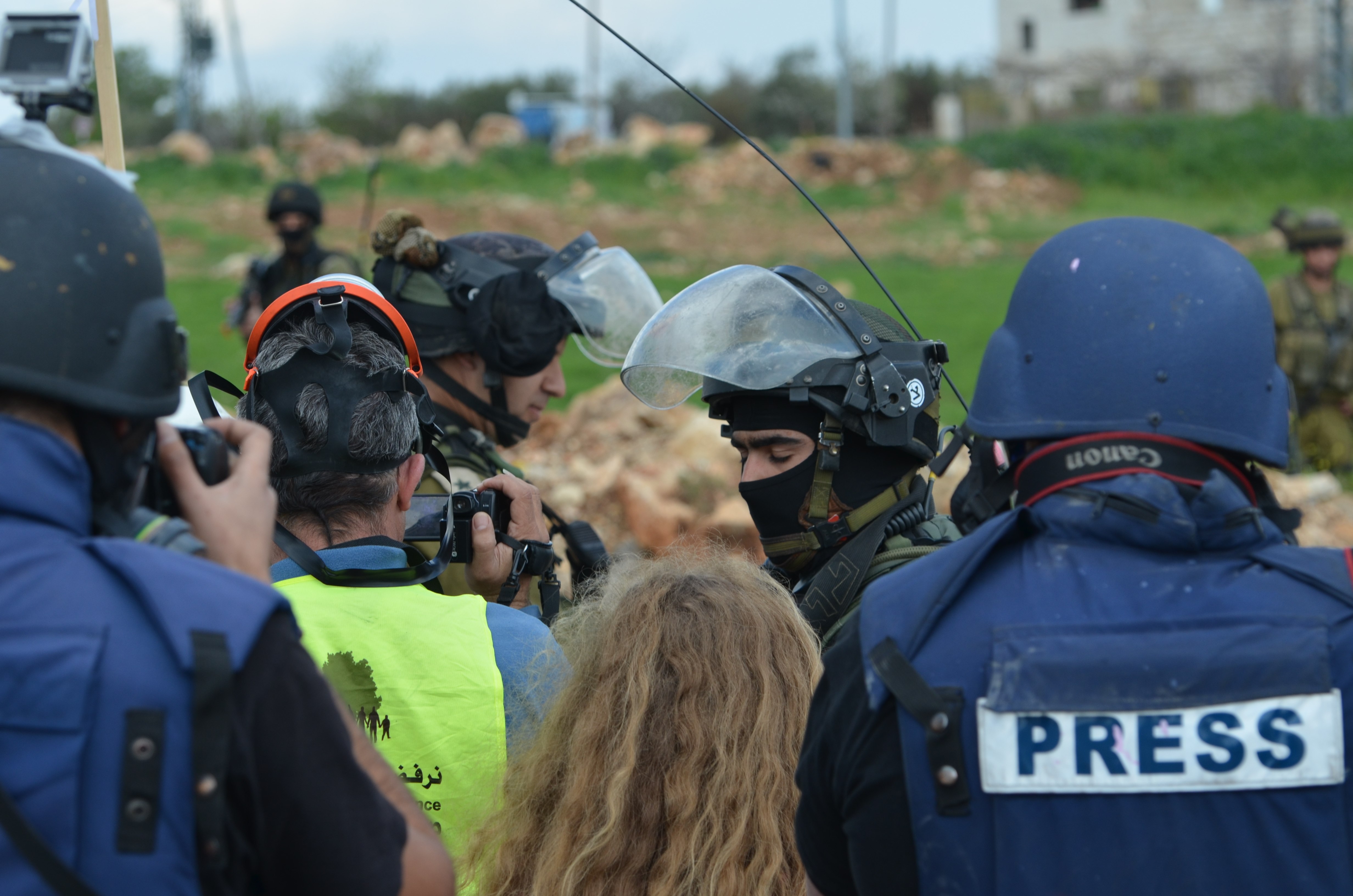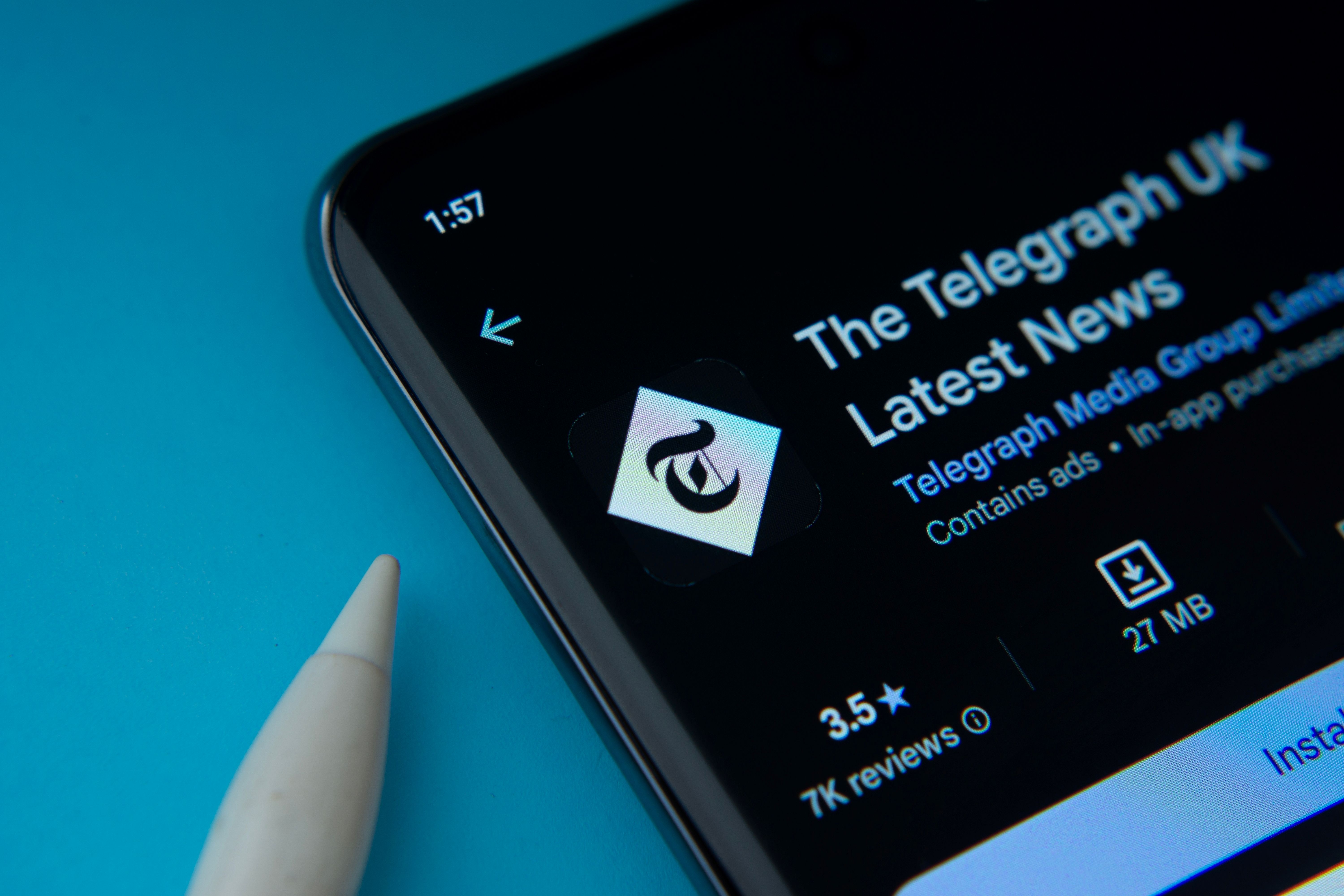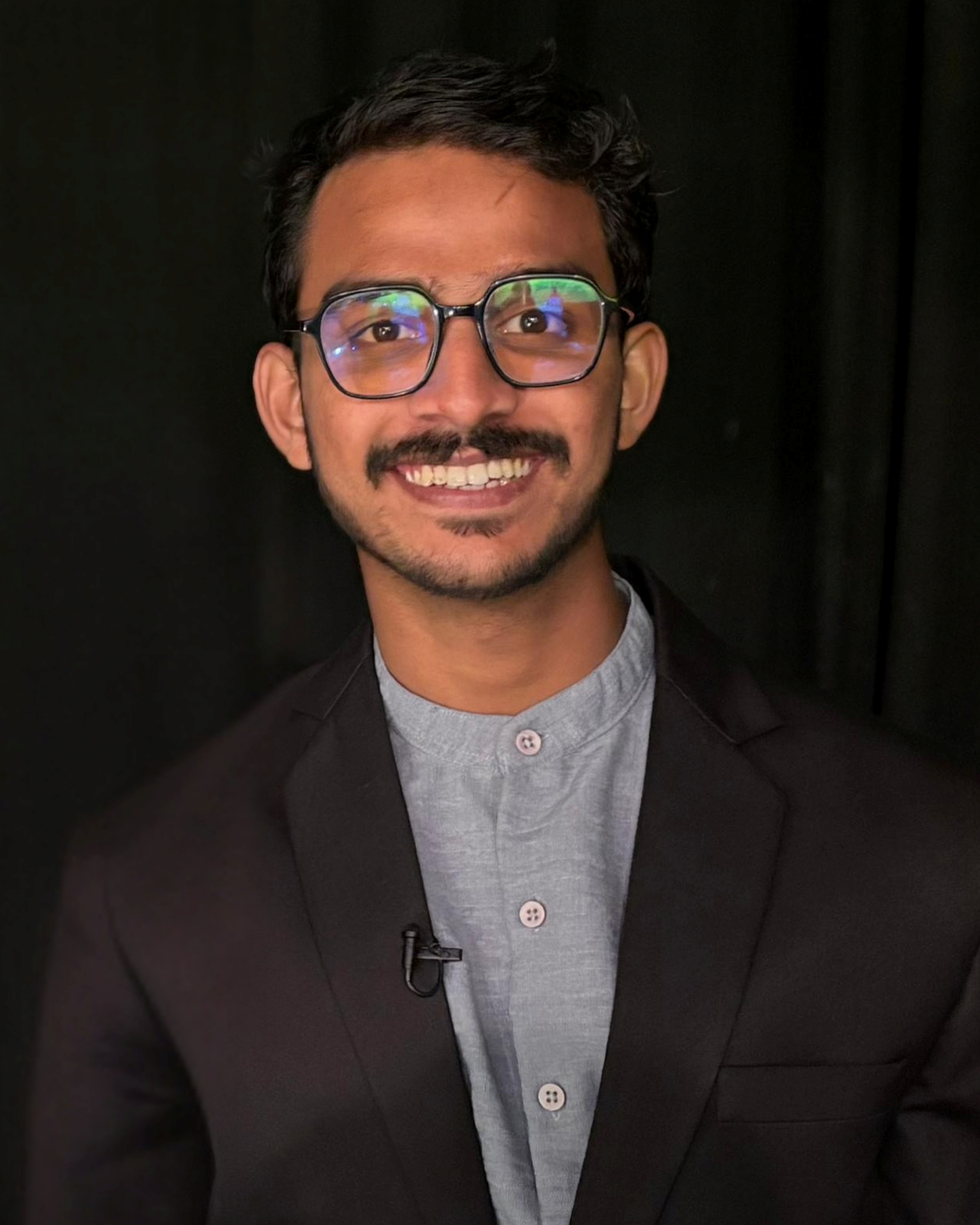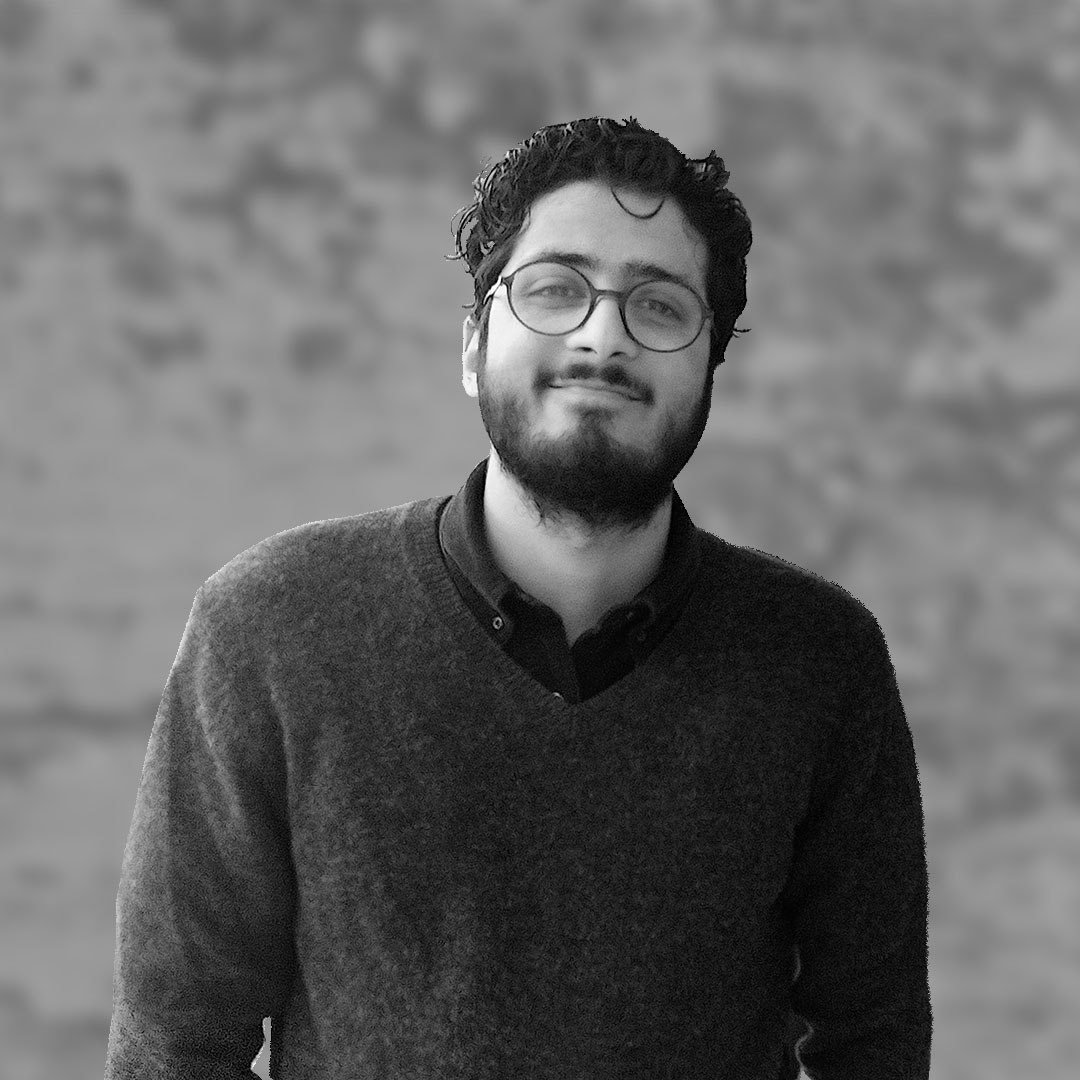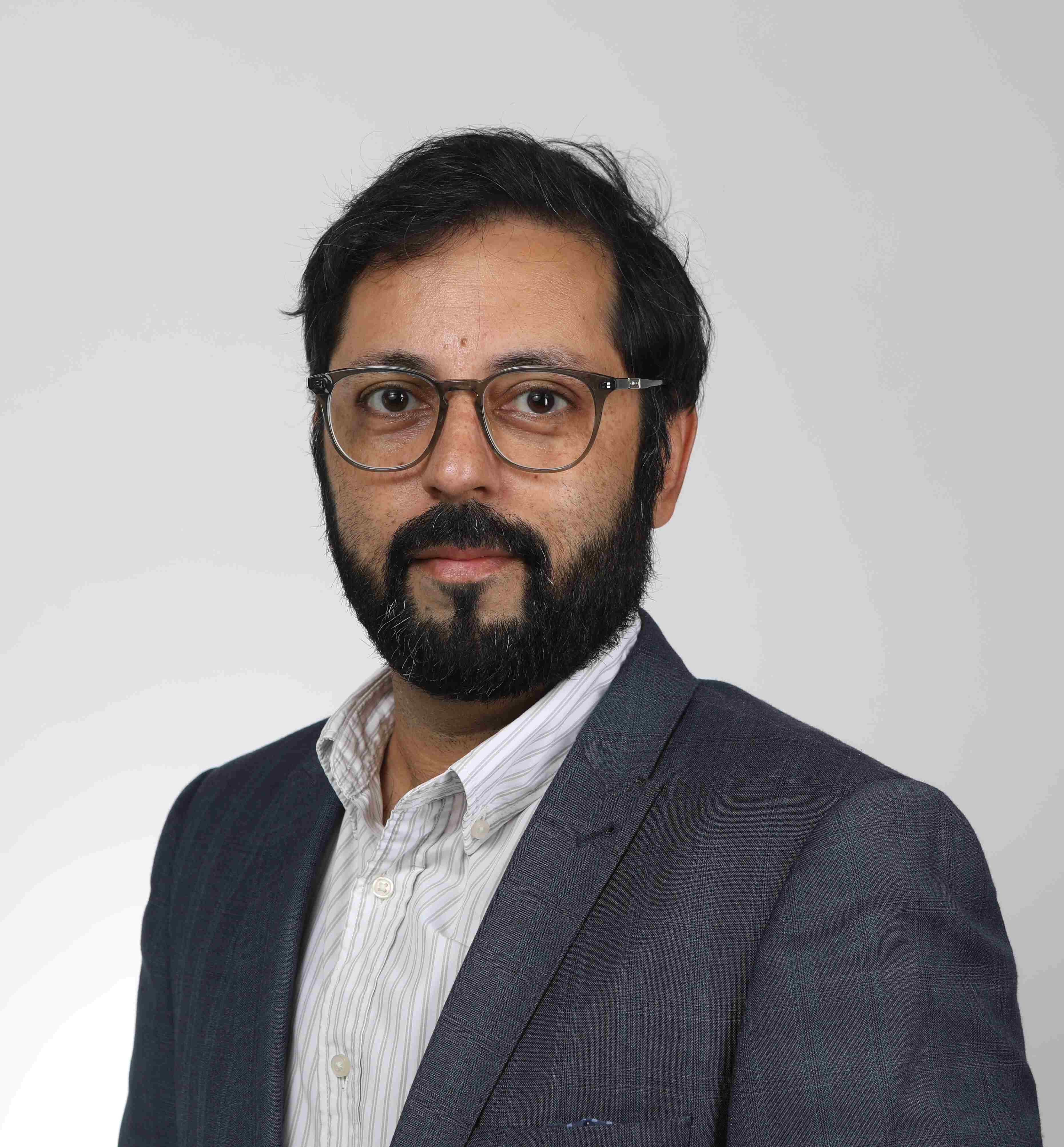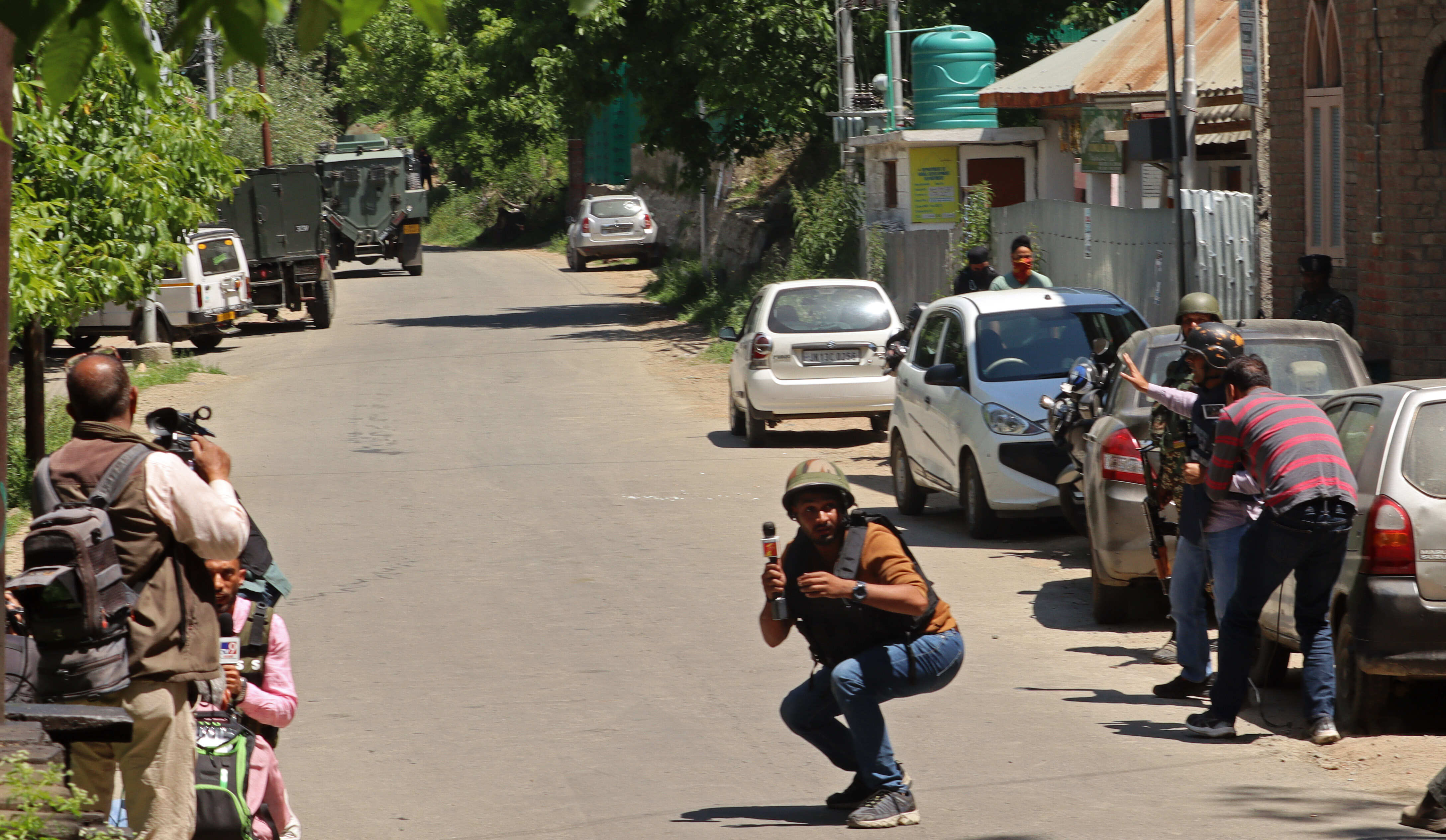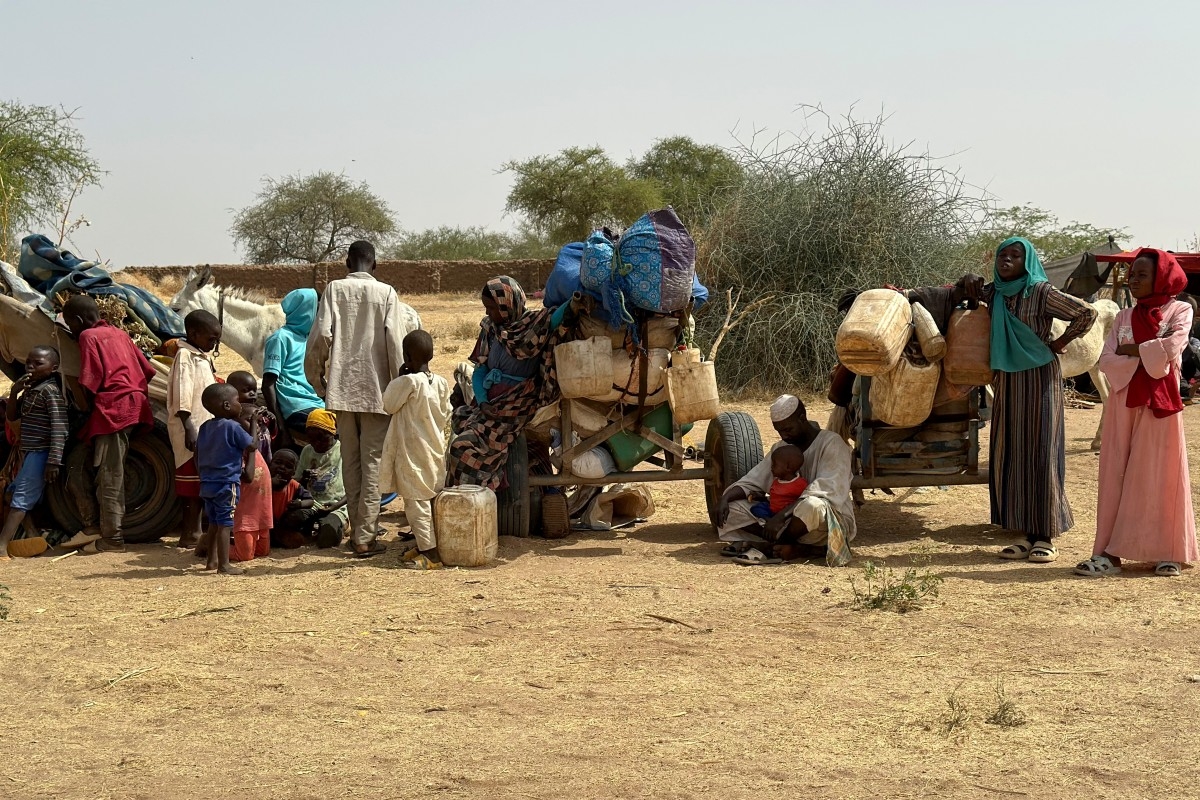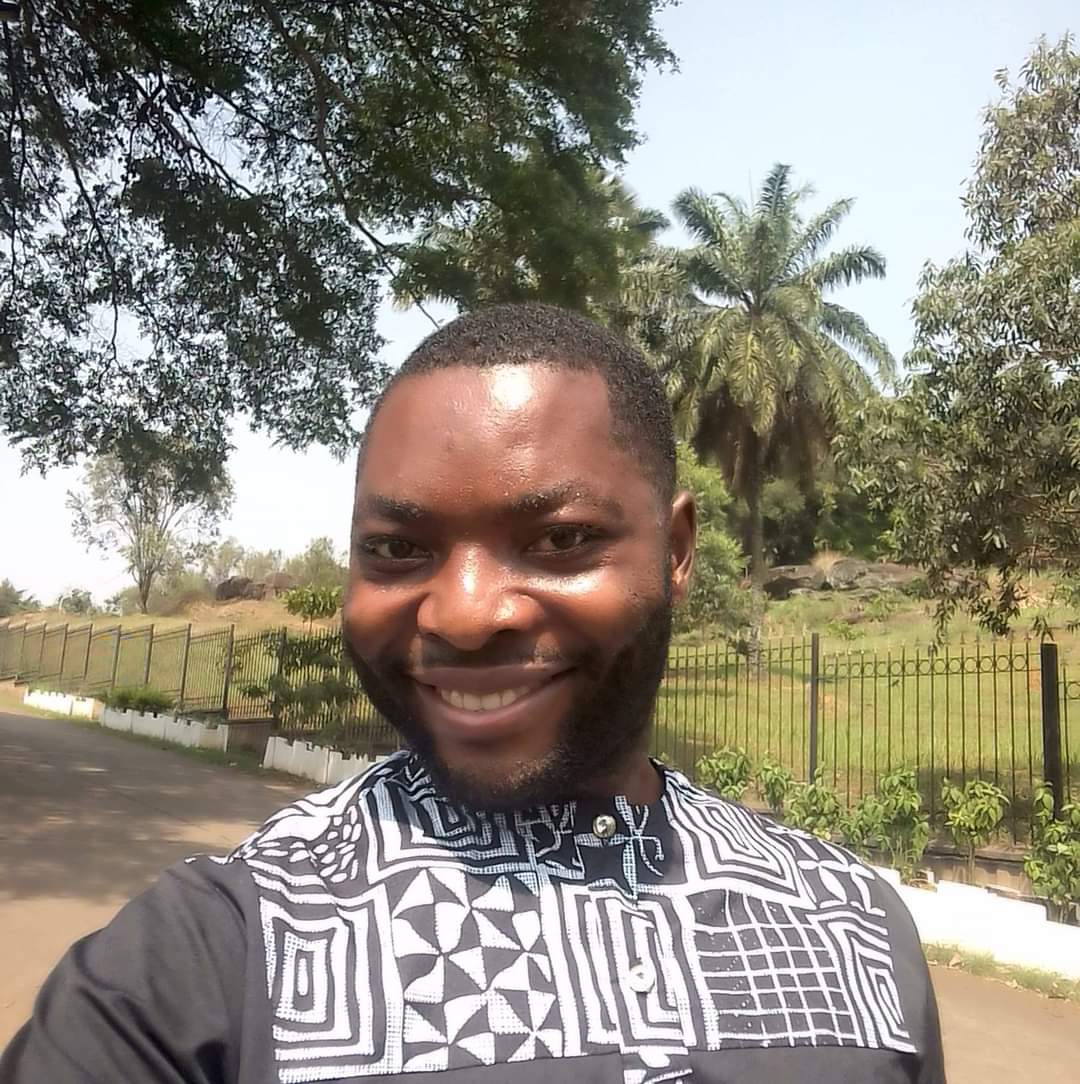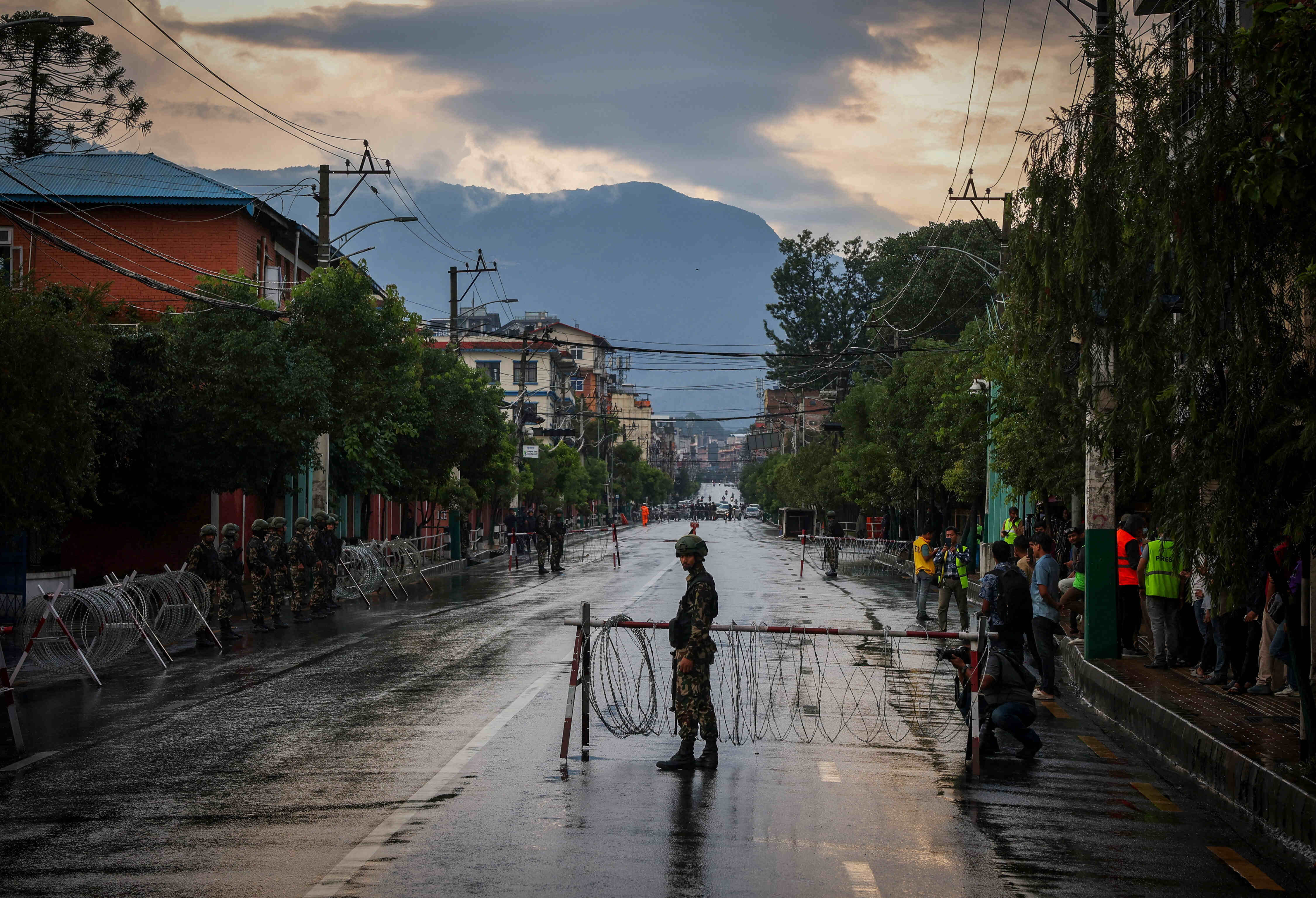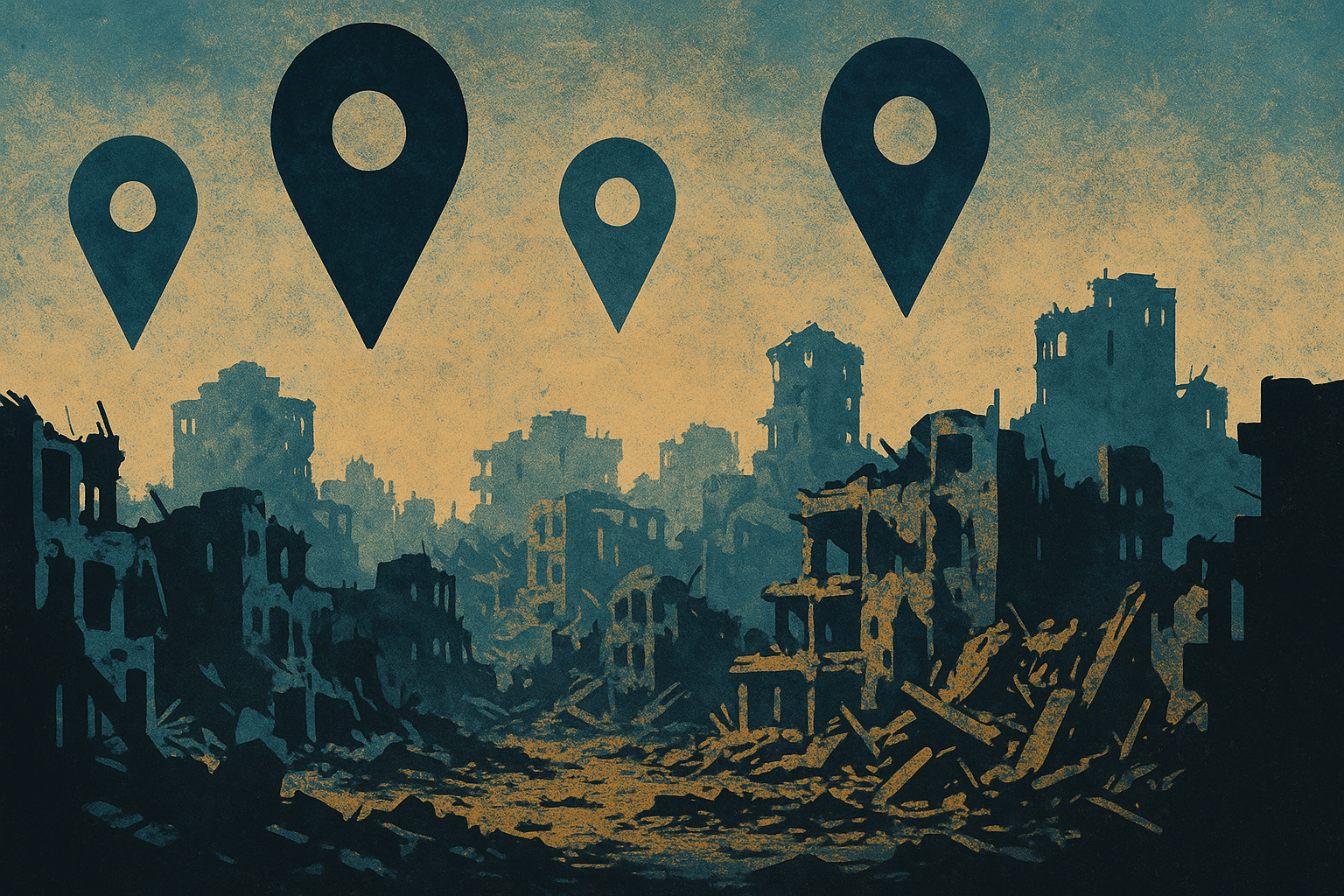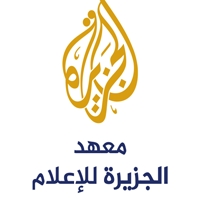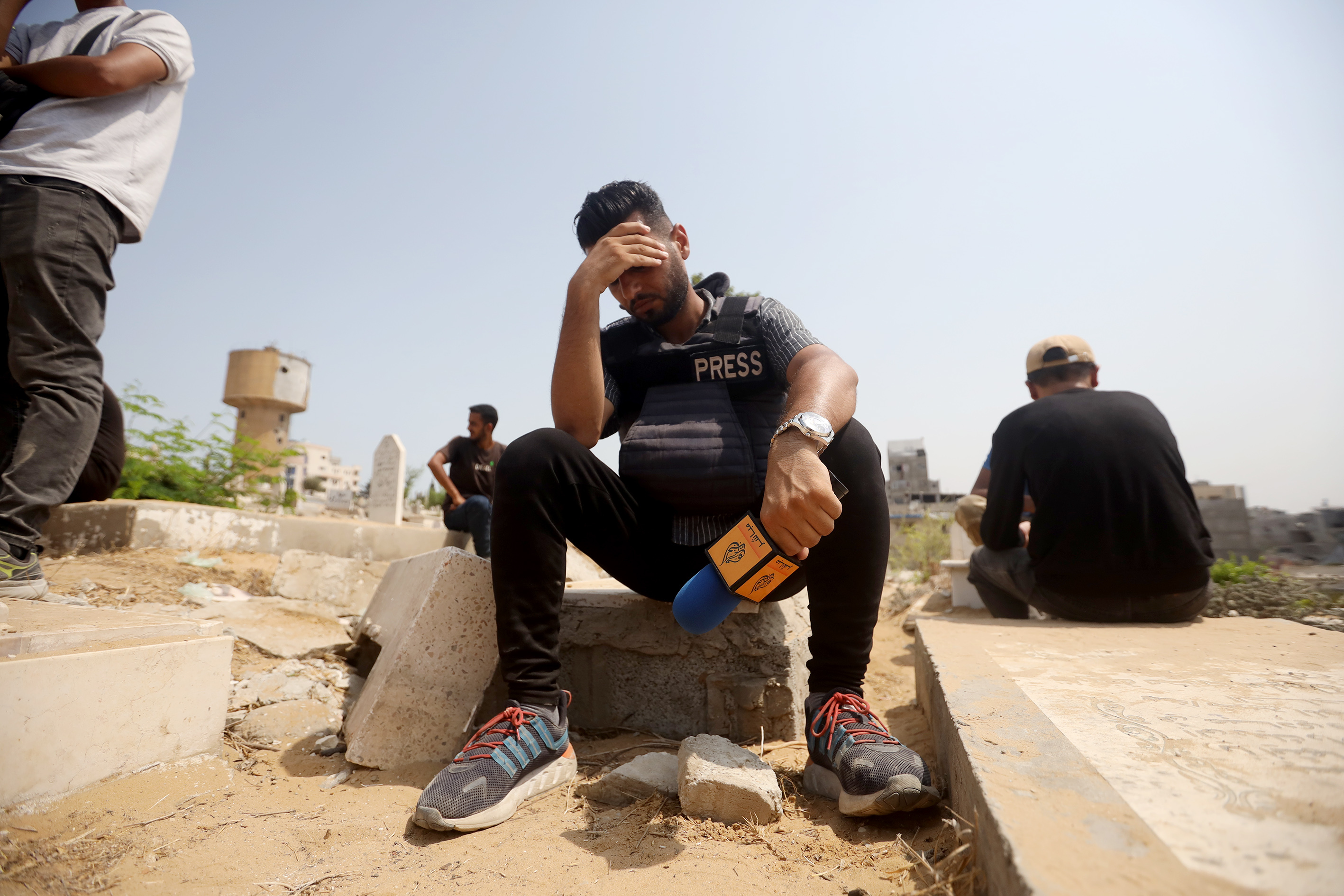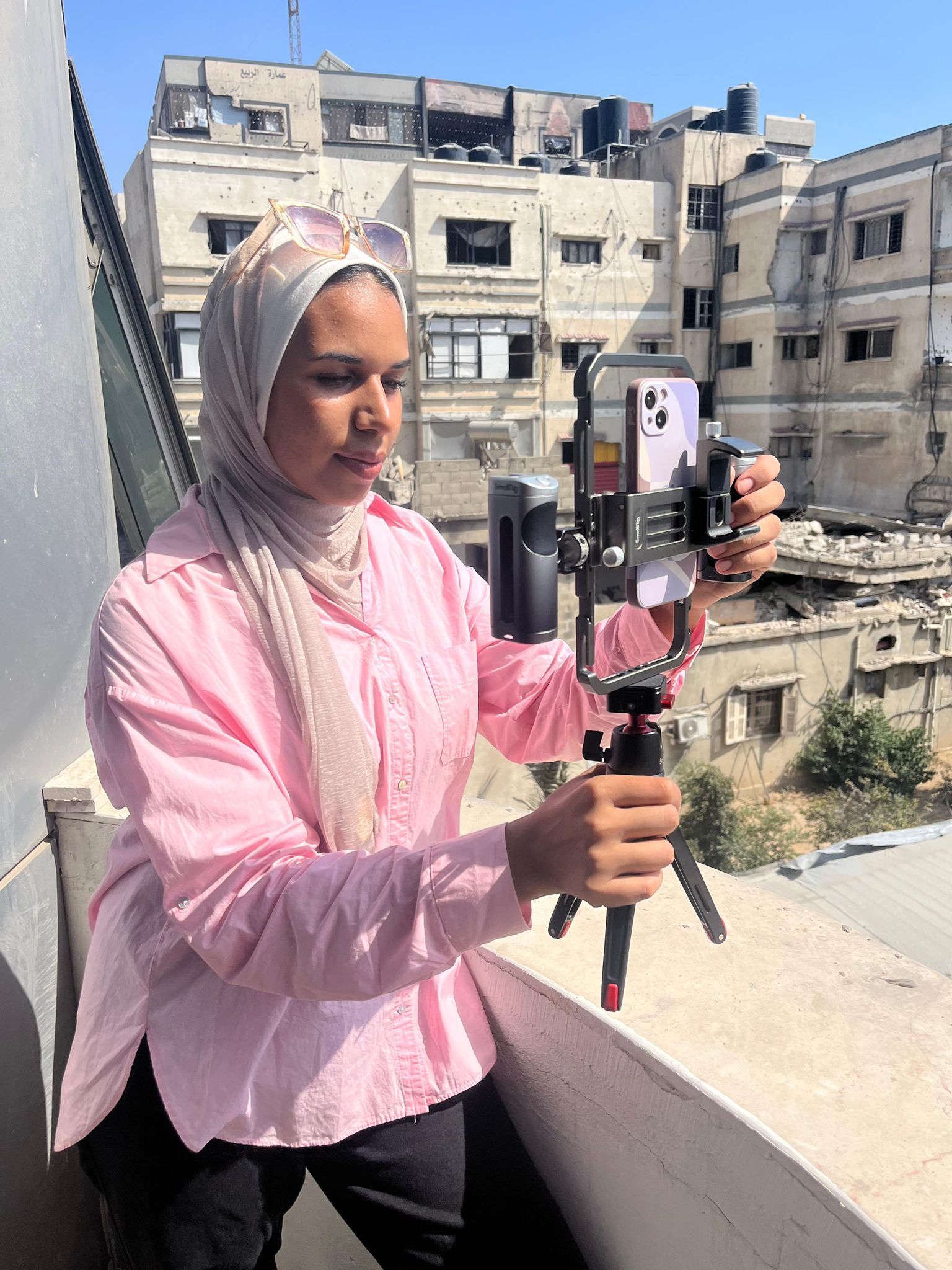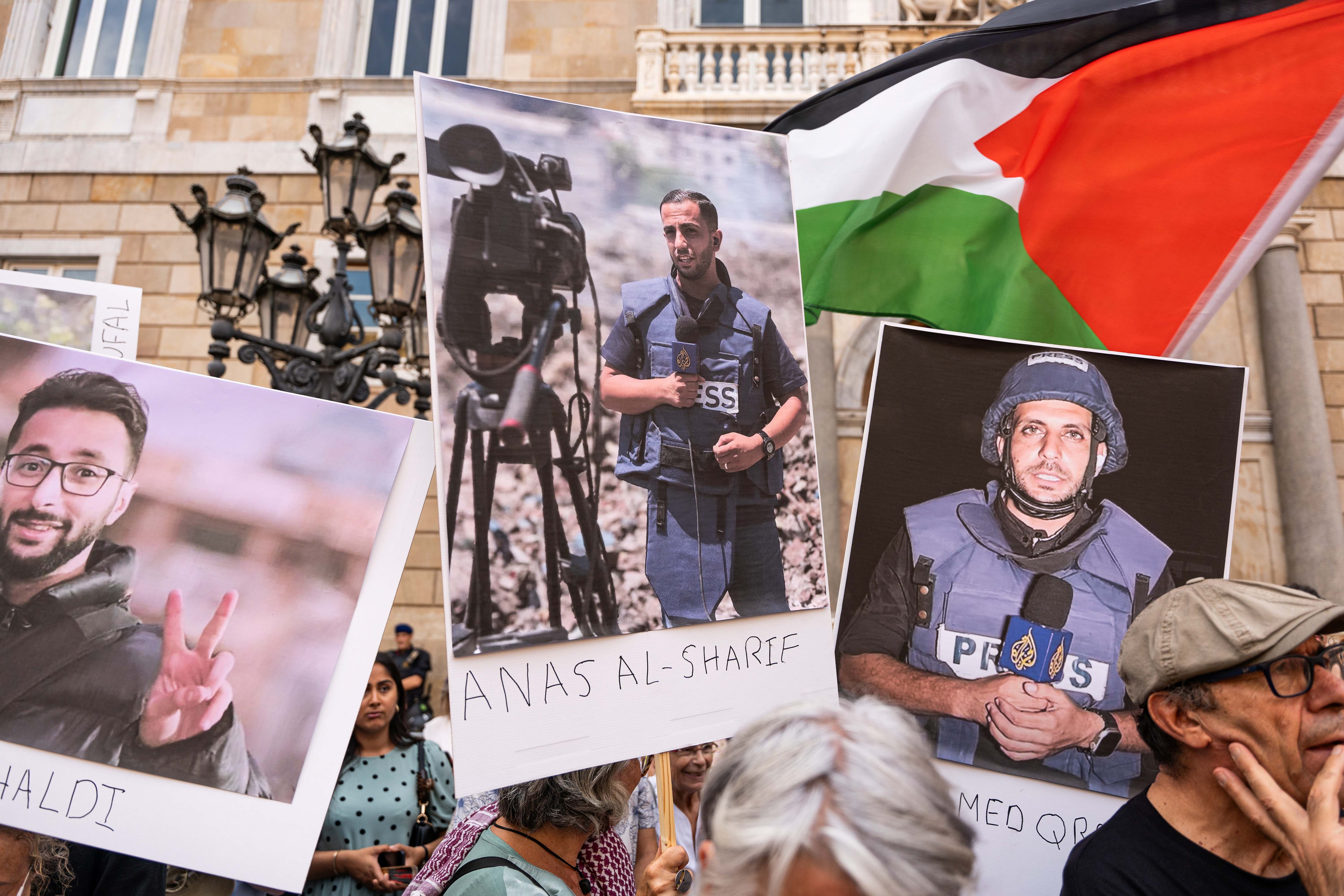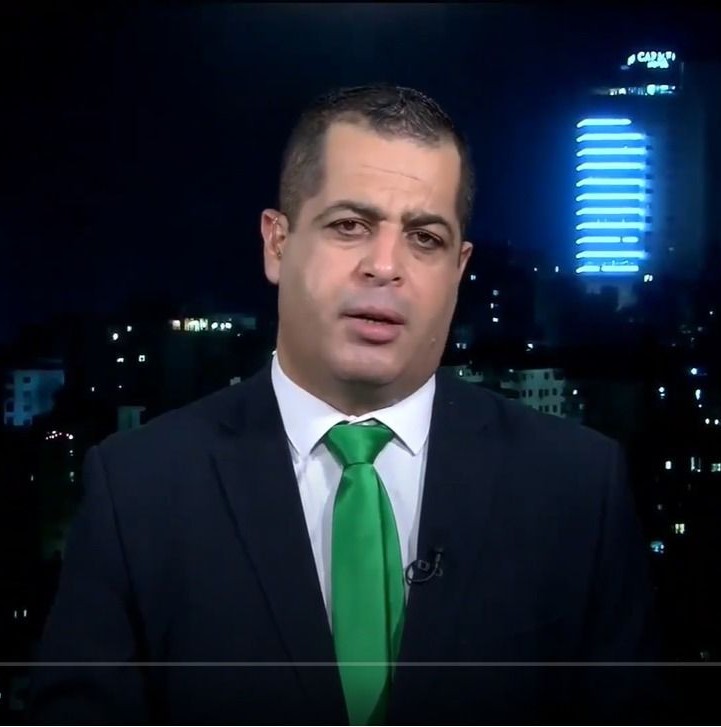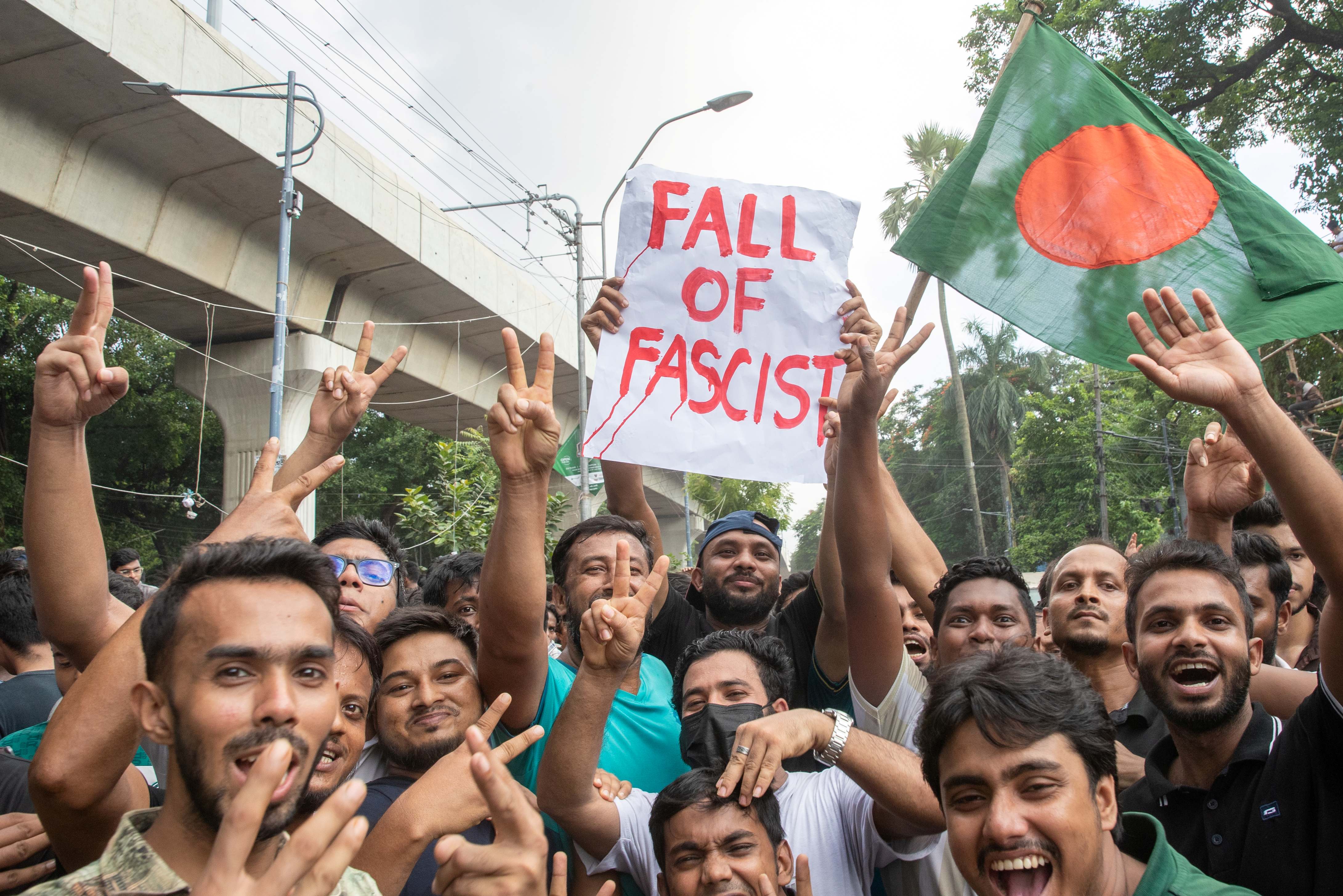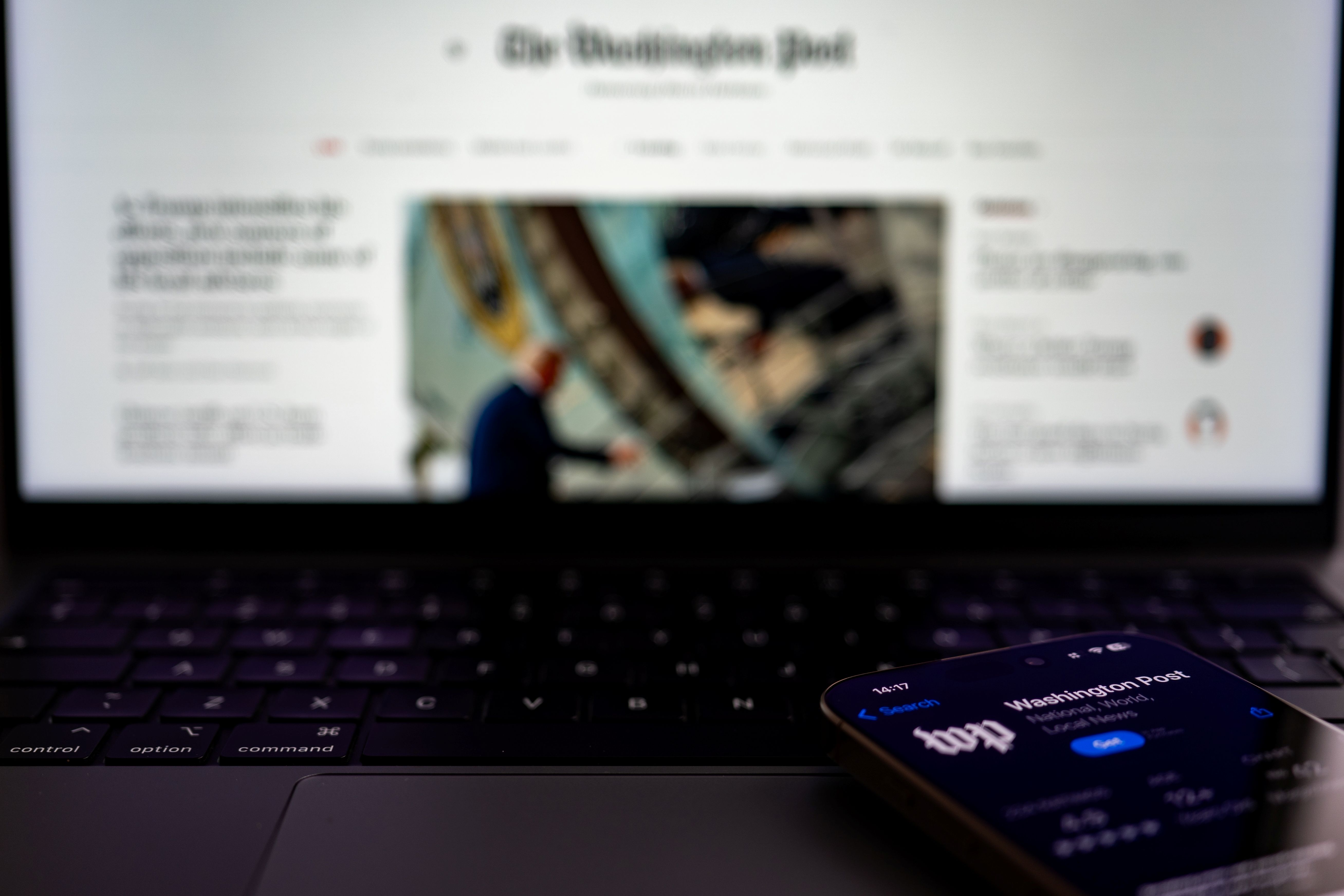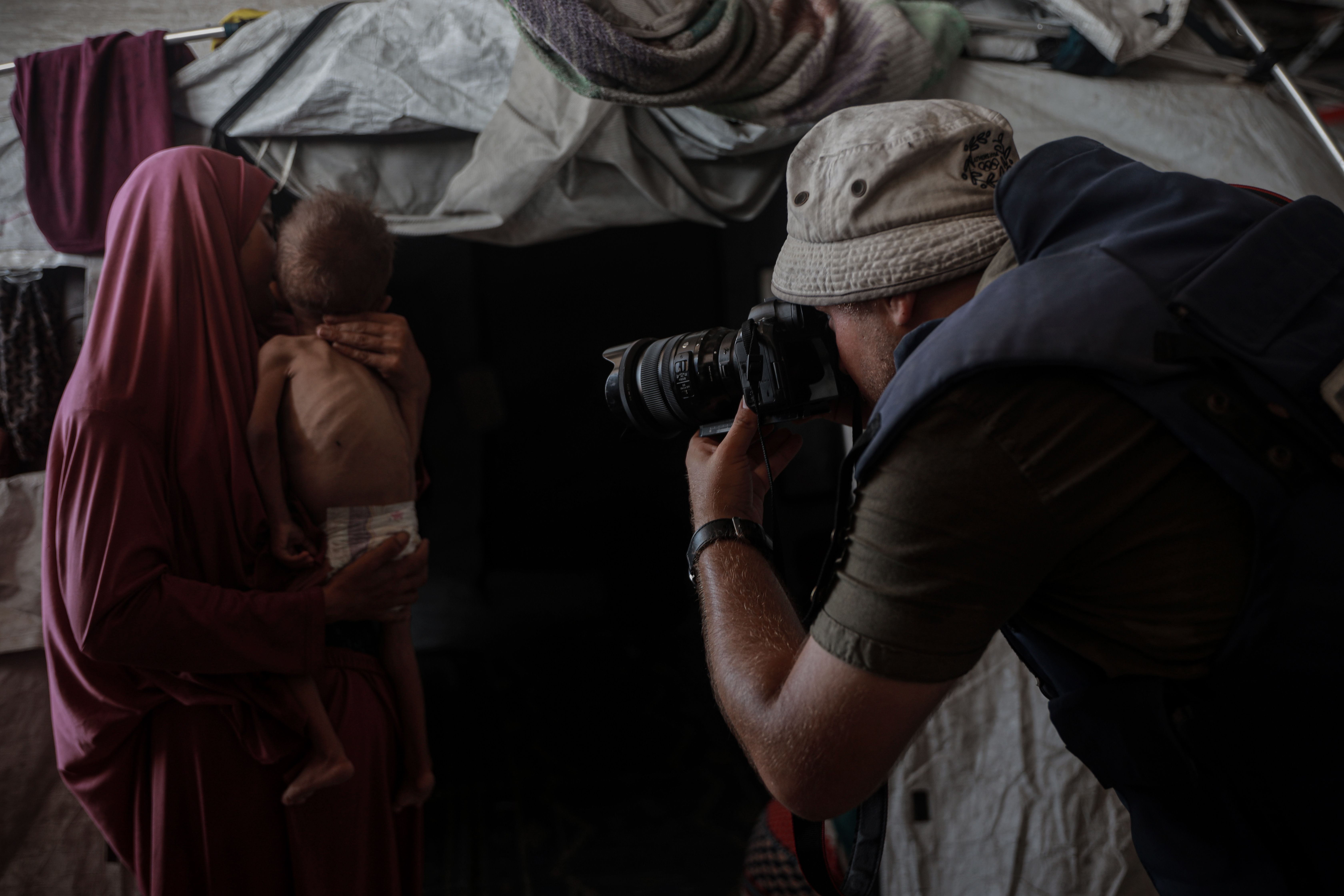كيف لقصة واحدة أن تحمل كل هذا القدر من الصور والتفاصيل البصرية؟ لا أحد سينسى ما حدث للصحفي السعودي جمال خاشقجي يوم قصد سفارة بلده؛ إذ أصبح لعبارة "قل كلمتك وامش" مع مجموعة متفرقة من الصور والفيديوهات ولقطات الكاميرات العامة التي جسدت المشهد بشكله التراجيدي؛ أثر بالغ الأهمية والغرابة في ذات الوقت.
دواعي الصورة وسط ضجيج الآراء
الصحفي الذي ترك رحيله علامة فارقة في التغطية العالمية ومعالجات وسائل الإعلام في الأشهر الأخيرة من العام الماضي، لم يكن ليترك أثرا كبيرا بين حوادث خطف وقتل الأصوات الفكرية والصحفية في العالم لولا تتابع التفاصيل والمعلومات الصحفية وتلك البصرية التي نتحدث عنها في هذا التقرير، في واحدة من أغرب حوادث قتل واستهداف الصحفيين. عناصر بصرية بذات الأهمية لتكون دليلا جنائيا على وقوع الجريمة ساقتها الصور الآتية من مقر السفارة السعودية تارة، ومن المناطق المحيطة بها والمقار الحكومية والفنادق تارة أخرى، حيث تركت أثرها للمتلقي وصانع القرار السياسي على حد سواء. وإذا كان للصورة أن تغني عن ألف كلمة، فإنها أغنت المتابع العالمي والعربي عن تتبع الكثير من العبارات والتفسيرات والأقاويل الصحفية التي كانت ستطلقها وتدفع بها وسائل الإعلام، في ظل غياب إطار حسي متكامل يتجاوز إنتاج المصورين ليصل إلى تسريبات صور الكاميرات العامة وصور كاميرات المؤسسات المحصنة أمنيا كالمطارات ومراكز حكومية أخرى في العاصمة التركية.
يتحدث المصور الصحفي عدنان الحسين الذي يقيم في إسطنبول، وقد تابع عددا من التسريبات الإعلامية التركية المصورة، عن أهمية الصور الصحفية في تغطية قصة مقتل خاشقجي: "أظهرت الصور جانبا مهما من الحقيقة، وأبعدت الشبهة عن الكثير من التصريحات السياسية والتسريبات التي وصفت بأنها متحيزة. لقد ساهمت الصورة في دفع وسائل الإعلام العالمية للاهتمام بالقصة لكون المشاهد الحسية حاضرة في القضية. ولقد ساهمت الصور في ربط المتابع العالمي بالأحداث، وأصبحنا أمام سلسلة من الصور والمتابعات البصرية الرسمية والمسربة بدأت منذ اللحظات الأولى لاختفاء الصحفي، وانتهت بمشاهد فرق وطواقم التحقيق التركية. لو أن هذه الصور غابت لكانت الحقيقة مغيبة حتما، ولا شيء يدلنا على مصداقية اتهامات وسائل الإعلام دون الاستناد إلى التراكمات البصرية الحاصلة. أستطيع القول إن التتابع البصري والمرئي لهذه القضية جعل من الصحافة محققا جنائيا لجريمة متعددة التفاصيل ومعقدة المعالم.. الصور هي بمثابة أدلة دامغة على جريمة مروعة".
وحول أكثر الصور أهمية في هذه القصة، تقول الصحفية دارين علامة: "إن أكثر الصور تأثيرا بناء على تجربتي في نقل هذه القصة، هي صورة دخول خاشقجي إلى مبنى السفارة، فهي تعبّر عن المشهد الأخير من حياته، والدليل الأهم على دحض ادعاءات الأطراف التي قاومت تصريحات وسائل الإعلام بالكذب؛ لتنطلق رحلة الكشف عن الحقائق بعد هذه الصورة. إن أهمية الصورة لم تقتصر على بعدها المعلوماتي والإخباري فحسب، بل لتمكنها من حشد الآراء الدولية تجاه القضية والدفع بتبدل المواقف السياسية الدولية أيضا". وبرأي علامة "هناك عنصرا آخر هو الربط بين هذه الصور في قصة متسلسلة، وهذا ليس اختياريا أو تكميليا لسلسلة المعلومات والتسريبات، بل إن هذه الصور تعد ضرورة لاكتمال مشهد الحقيقة. وبعد ما حدث، صرنا أكثر إيمانا بأهمية البصريات في عالم الصحافة السياسية، حيث أسهمت حادثة خاشقجي الموجعة في تعزيز دور الصورة الصحفية في دحض التضليل والزيف السياسي".
الصورة استحضار للرموز
إن تحديد دلالة الأشياء ومرجعيتها استنادا إلى رمزية الصور، أصبح أمرا شائعا في الصحافة العالمية. تتوزع الصور في أنماط متمايزة، ويمكن القول إن سلسلة من الصور التي ينتظم نشرها في سياق مكاني أو اجتماعي محدد، بوسعها أن تخلق رموزا حسية وشعورية تنسجم مع التعبيرات النفسية والبلاغية السائدة، أو أن تقوم بهدم ما يمكن هدمه من المعاني النمطية المتعارف عليها. بوسعنا اليوم أن ننظر إلى صورة واحدة محددين الرمز التي تشير إليه، لكن تذكر هذا الرمز وإدراكه يعتمد بشكل أساسي على مستوى استحضار عناصر تلك الصورة وتكرارها كل مرة في القصص الصحفية. وفي السياق، يقول الباحث في مجال الصورة محمد فاتي: "إذا كان لصورة ما بُعد حركي فإن لها بعدا لغويا أيضا، فصورة واحدة قد تساوي الكثير من التعبيرات والدلالات النفسية، ولهذا يمكن القول إن التعامل مع الصورة هو بمثابة التعامل مع النظام اللغوي".
على سبيل المثال، في حادثة قتل الصحفي خاشقجي، يتم التعامل مع شعار المملكة العربية السعودية الذي يتوسط ببروز في باب فولاذي للسفارة، على أنه أحد رموز تلك القصة ومعالمها التي تستحضر باستمرار. بعض وسائل الإعلام تبنت هذا الأمر إلى الحد الذي جعل من صورة باب السفارة الفولاذي مع شعار المملكة موضوعا للكثير من التقارير والتسريبات الصحفية حتى بعد أشهر من وقوع الجريمة. قد يلحظ المتابع أيضا أن هذه الصورة استخدمت في مواضع كثيرة بديلا عن شح الصور المتصلة ببعض موضوعات التسريبات. اليوم يمكن استحضار مشاعر الصرامة، والكتمان، والسلطوية في صورة واحدة استخدمتها وسائل الإعلام لتعبر عن محاولات طمس الحقيقة خلف الأبواب الموصدة، أو عزل الحقيقة خلف أبواب فولاذية يصعب اختراقها. إن صورة واحدة كهذه الصورة لا يمكنها تأدية دور رمزي لوهلة واحدة، لكن التعبير والتكرار الدائم لها يخلق اتجاها منفردا لدى المتلقي.
مثال آخر تحدثت عنه الصحفية المتخصصة في القضايا السياسية مي محمود: "لا يمكنني تجاوز تلك الصورة الصحفية التي قدمتها وسائل الإعلام على أنها أول لقاء رسمي يجمع ابن الصحفي جمال خاشقجي وهو يصافح ولي العهد السعودي محمد بن سلمان.. عندما وصفت وسائل الإعلام هذه الصورة بأنها لقاء القاتل بالضحية، محللة معالم الوجه والغضب والفتور الذي رافق لحظة المصافحة، فإنني اعتبرت ذلك تقليلا حقيقيا من شأن هذه الصورة القاتمة والسوداوية التي يمكنها أن تدفع بالكآبة.. إنها صورة رمزية بامتياز لأنها تضع المتابع أمام ندين حقيقيين، أحدهما يملك السلطة والقوة، ليدفع بانكفاء الآخر وتلاشيه ودفعه للمصافحة والاستسلام.. إنها أكثر الصور تعبيرا عمّا أسميه قانون الغاب في عالم السياسة".
الصورة وحلول الصحافة في القضايا المعقدة
أمام متابعات قد تمتد لأيام وأشهر، هل تجد في الصورة مخرجا للقضايا المعقدة؟ غالبا لا يتم التعاطي مع سريالية الجرائم ودمويتها عبر وسائل الإعلام بالكثير من التفاؤل. في قصة محزنة لصحفي سعودي يذهب إلى قنصلية بلاده ويختفي بعدها نهائيا، ومع الكثير من الصور التي تؤكد حدوث هذه الجريمة وتكامل تتابعها الزمني بصريا، بدءا من دخول القنصلية وحتى مغادرة فريق الجريمة مقرها، تبعث التكوينات البصرية بالكثير من الإحباط والسلبية على جميع الأصعدة، لكن في ظل المتابعات اليومية التي تنفذها الصحافة لقضايا قد تمتد لأشهر، يمكن اعتبار متابعة الإجراءات الحكومية بصريا أسلوبا ملائما لبث الحياة في المشاهد القاتمة. بعدد غير محدود من صور فرق التحقيق التركي التي تغطي شارع القنصلية ومقر السفارة السعودية بل وفي الغابات والمناطق المحيطة بالجريمة، تعكس الصور الصحفية بعدا جديدا ومخرجا مؤقتا للتعامل مع المشكلات. إنها تمنح المتابع انفراجا مؤقتا يفضي إليه استعداد السلطات وجاهزيتها للتحقيق رغم نجاح الصحافة المحدود في معرفة كافة تفاصيل نتائج هذه التحقيقات.
إن الصور المنتشرة لطواقم التحقيق تظهر -كما لم يظهر من قبل عبر وسائل الإعلام- فرقا بكامل الاستعداد والجاهزية ويحمل أعضاؤها المعدات اللازمة، بل وينتشر أفرادها على أسطح المباني في محاولة لتقصي ما يمكن تقصيه من خيوط الجريمة. في مدونة "الشاهد" التابعة لمنظمة الصورة العالمية، يتحدث البروفيسور في السياسة الدولية ديفد كامبل عن أهمية تجسيد الحلول في تتبع القصص الصعبة قائلا: "إن القصة الصحفية ذات الحدود الضيقة مكانيا والمتشابكة حد الصعوبة، ينبغي أن تلتزم التأثير القائم على استقراء محاولات الحلول، ويمكن أن نسمي هذا المخرج في تتبع القصص بحلول الصحافة. واستنادا إلى هذا التجسيد البصري القائم على بعث الحلول وتقديمها حتى وإن كانت آنية، فإننا يمكن أن نتعامل ونفهم هذه الصور بمزيد من الإيجابية وأنها مخرج محدود للتعامل مع المشكلات".
صحافة اليوم عوالم حسية مستمرة
مهما بلغت قتامة الظروف والأحداث السياسية التي تتابعها الصحافة العالمية كل يوم، فإن الحاجة إلى خلق عوالم بصرية قائمة على تقصي الأحداث ومتابعتها بفعل تأثيرات الصورة أصبحت حاجة ملحة، في ظل انتشار حملات الكذب والتزييف. إن معرض الصور الصحفية في المواقع الإعلامية الإخبارية هو بمثابة ذاكرة حسية تنقل الكثير من المعلومات والاتجاهات، دون الحاجة للرجوع إلى مهارات المحرر الصحفي أو المحلل السياسي. يقول المصور الصحفي علي الفهداوي الذي غطى عددا من الأحداث السياسية والحروب في العراق: "لا توجد صحافة دون صورة، ولا توجد صورة دون مغامرة. كمصور صحفي لا بد أن تقتنص لحظات مستمرة وجريئة في ذات الوقت. إن الأحداث الصعبة تنتج صورا يصعب تخيلها، ولكنها في ذات الوقت تمنح شعورا بالإنجاز لدى المتلقي قبل الصحفي نفسه، فكيف يمكن جمع أحداث الترقب والقلق والمفاجأة في صورة ثابتة؟ هذا ما نحتاج فعله في صحافة اليوم".
